Technology is supposed to be so silent that people are blissfully unaware of its presence.
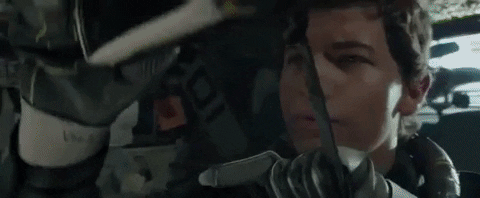
▲ VR, AR glasses are like the keys to the meta-universe Image from: Top Gun
The 'meta-universe' that Silicon Valley tech companies are now gravitating towards still requires a helmet (or glasses) to act as a portal.
Despite how exciting the metaverse is, without realizing it, your body sends out fatigue warnings telling you that you're still a carbon-based creature and you're wearing a weighty device on your head.
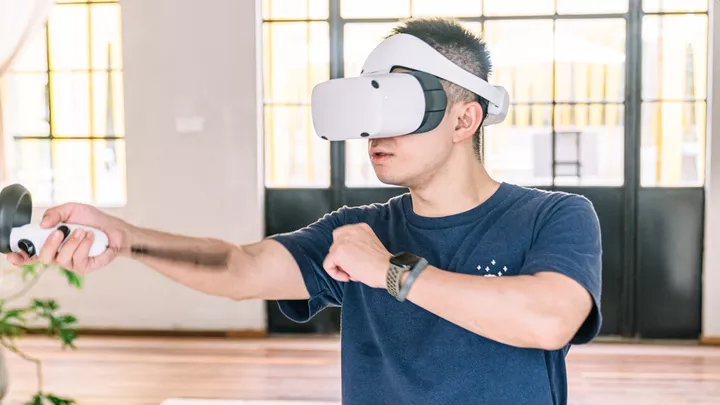
There's no denying that the center of people's computing could go from smartphones to AR/VR glasses in the next few years.
Hardware devices will have a more intimate relationship with our bodies, even getting inside of them.
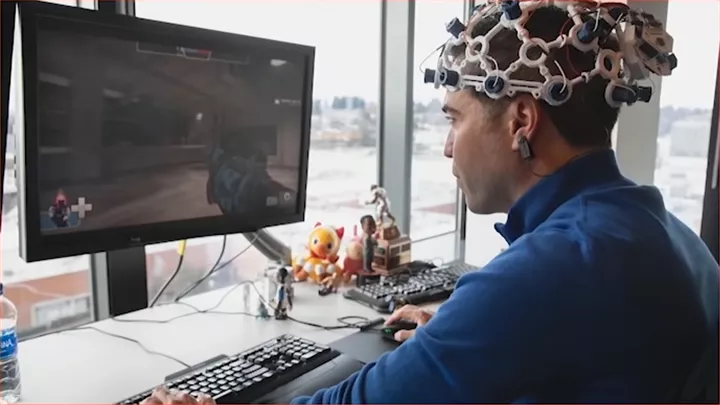
Former Apple design director Sir Jonathan Ive also determined in an interview that wearable devices will eventually disappear under the skin and become one with our bodies.
Whatever the future of the 'meta-universe' may become, it's safe to say that the current bulky (and even a bit comical looking) massive AR and VR headsets will clearly not be the final form.
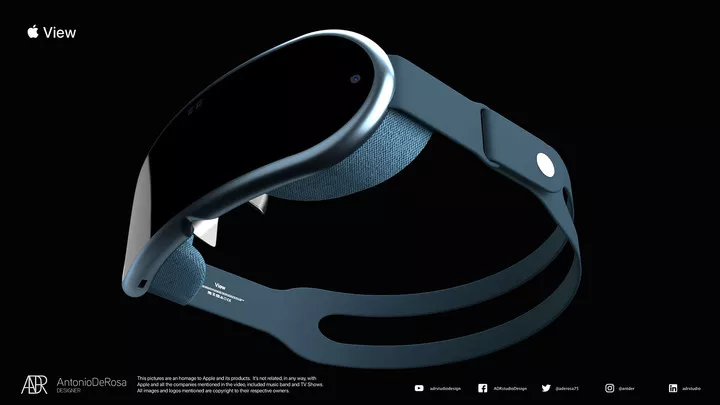
▲ Apple AR glasses concept art, looks pretty small Image from: AntonioDeRosa
Right now, most of the tech giants are trying to make AR glasses that are slim and thin enough to be worn for long periods of time, and should be at least similar or close in bulk weight than regular glasses.
But even with all the components crammed into a regular pair of glasses and maintaining the original size, the device still has a lot of inconveniences and isn't exactly the perfect form factor for AR and VR.
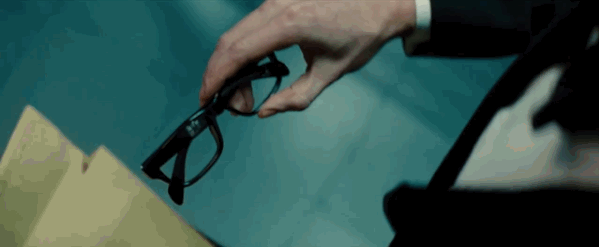
In the Dishonored series of movies, the glasses are the primary communication information gathering tool for almost Ethan Hunt's entire home stealing team.
But as sequels continue to be released, the physical glasses are replaced by special contact lenses that also have features like capture, communication, and even some face recognition capabilities.

Similarly, in Batman Begins, Bruce Wayne uses a special pair of contact lenses to gather and analyze intelligence.
Contact lenses are more in line with the 'future' setting in many sci-fi action movies.
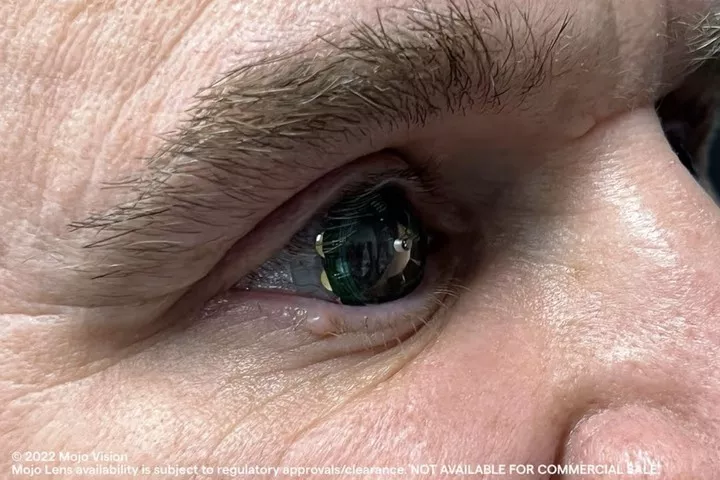
▲ Upper eye realistic image, not a render or special effects Image from: Mojo
Back to reality, Mojo Vision, which also focuses on AR eyewear technology, skipped the idea of making glasses and set its sights on 'AR contact lenses'.
AR Invisible silver mirror in the eye test successful, scene too sci-fi
After seven years of research and development, Mojo Vision's AR smart glasses were successfully tested in the eye, work independently, and are removed in a similar manner to regular contact lenses.

▲ You can clearly see the green board Image from: Mojo
Its CEO, Drew Perkins, put on the Mojo Lens himself in a test video and gave some brief introductions.
Mojo Lens packs a circuit board, battery, Arm processor, communication module, accelerometer, and other components into the size of a contact lens, so it's "small but complete.
As an AR eyewear, form aside, it works in a relatively similar way to other smart glasses.

▲ The Mojo Lens display Image from: Mojo
A miniature camera is set in the center of the Mojo Lens, and on the reverse side, a monochrome Micro LED display smaller than a grain of sand (0.5mm) with a resolution that can exceed 14,000ppi.
Limited by the size and color of the display, Mojo Lens' monochrome display also limits it to displaying only simple information for now.
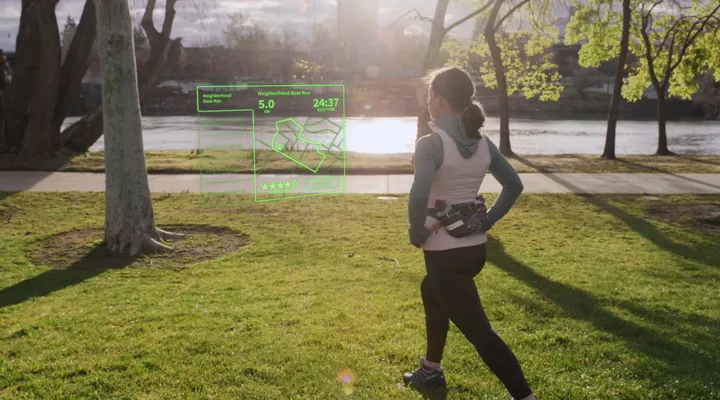
Scenarios like cycling, running, and navigation can populate with relevant times, pace, and route planning, and even other information as well.
According to the current thinking of the trolley companies, it's a heads-up display (HUD) and the display form is very much like that countdown in Trinity.

As for seeing the splendid meta-universe through Mojo Lens, it may be some time before that happens.
However, it's not like a smartwatch, which comes with a phone; Mojo Lens can run independently without any other additional devices.
Along with the Mojo Lens is a charging case that will recharge the Mojo Lens in a similar fashion to the AirPods.
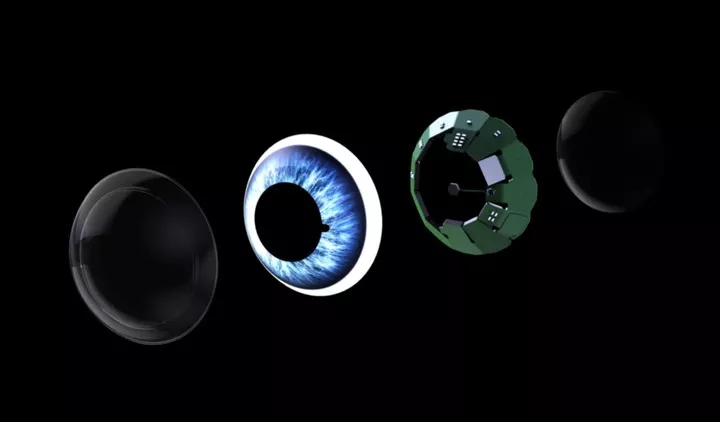
Even though the Mojo Lens is compact and the medical-grade micro battery capacity inside is not that impressive, it still holds a day's worth of power.
Just take them off and put them in the rechargeable case before you rest at night, similar to regular contact lenses, except don't treat them as daily disposables.
That's because according to Steve Sinclair, Mojo Vision's VP of marketing, when the Mojo Lens hits the market, it could be priced close to a high-end flagship phone, although he didn't say whether it would cost one or two.
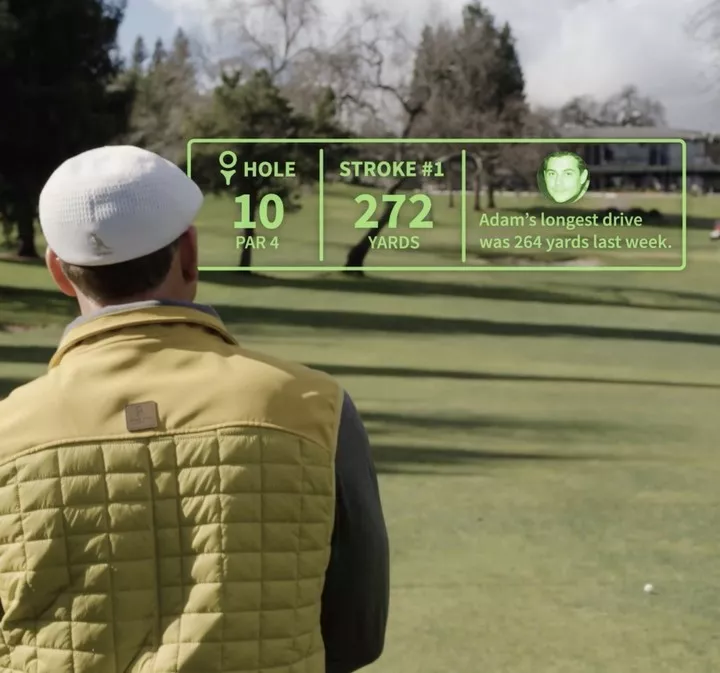
In fact, Mojo Lens has a very low threshold in terms of how to use it, no need to learn complicated gestures, no need to mix with smart assistants or blink to operate it, just put it on.
But since the internal circuitry, camera, and processor can't yet be made invisible, the Mojo Lens as a whole is more like a cyberpunk-style pupil.
Even after watching Perkins' video a few times, Mojo Lens still blows away the sci-fi shock factor.
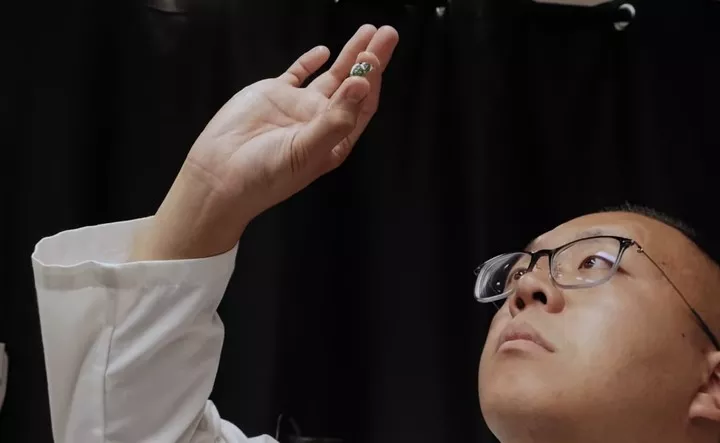
With the CEO's hands-on approach, Mojo Vision will also continue to test and optimize, and simultaneously apply for permission like the FDA to conduct large-scale human testing and rapidly iterate to market.
As for a specific timeline, Mojo Vision has not confirmed when it will be available, though the in-eye version demonstrated so far is one of the last big beta versions.
Mojo Lens is versatile and has a bright future
At first, Mojo Lens wasn't designed for the average person, but instead was more geared towards people with visual impairments.
Mojo Lens is a convenient way to improve your vision in a non-surgical way. To be more specific, it can also be understood that Mojo Lens was actually designed by the two founders for themselves.
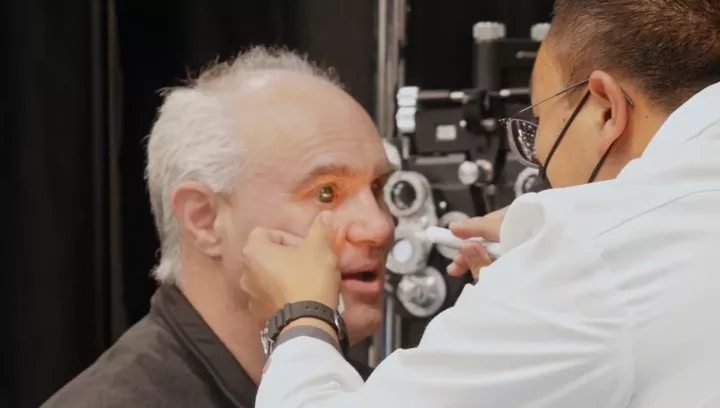
▲ Drew Perkins, founder of Mojo Vision Photo from: Mojo
Drew Perkins, who wore the Mojo Lens out for the test, has cataracts, and although surgical treatment has given him some vision, he is unable to focus on distant and near areas.
From there, he set his sights on the 'bionic eye', trying to obtain super vision through technology.
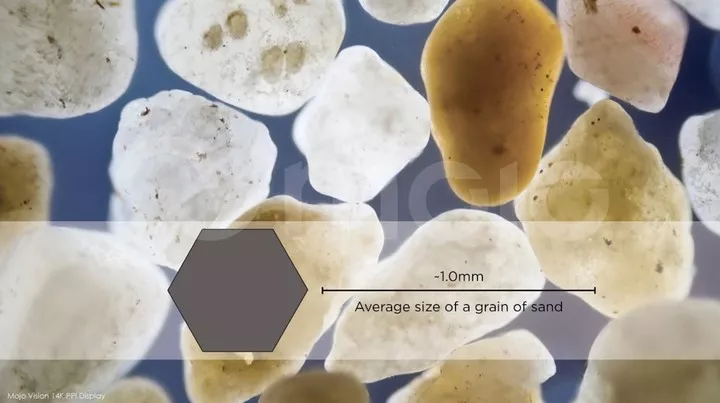
▲ The size of the display in Mojo Lens is smaller than sand
The other founder, Michael Deering, has been focusing on artificial intelligence and computer vision. Again, his eyesight is not good.
Before founding Mojo Lens with Perkins, Deering had spent decades researching how to focus images on the retina in a miniature display, and at that point, he considered two paths: contact lenses or implants directly in the eye.
After a brainstorm between the two, it was finally decided that contact lenses would be a portable form of vision assistance for those with poor vision.
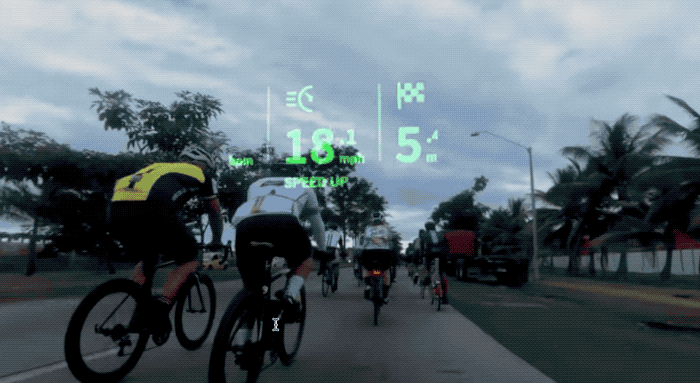
As a result, Mojo Lens will not have the beautiful interface of Magic Leap or HoloLens, but more practical monochrome information.
Even so, Mojo Vision received $108 million in venture capital from Google, Stanford StartX Fund, NEA, and others before it had a prototype.
In addition to the consumer-oriented AR space and the 'electronic eye' for medical aids, Mojo began putting AR eyewear technology into the industrial space in November 2019.
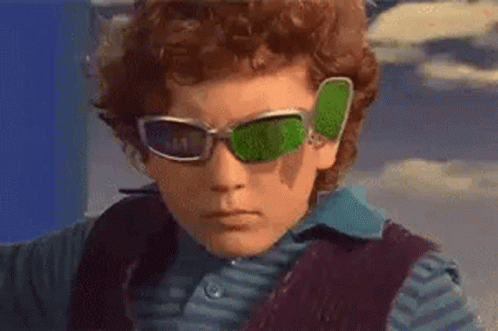
Mojo Vision has designed a "system" for firefighters to get information about their path, the location of their teammates, and their own oxygen levels through Mojo Lens in a smoky environment, somewhat similar to the first view of a traditional FPS game.
Mojo also imagined that Mojo Lens could also be used for hotel concierges, connecting directly to the hotel database for easy recall of guest information.
And, the U.S. military is currently evaluating and discussing the use of Mojo Lens in the military.
Mojo Lens has a pretty wide range of uses that can help change the lives of some specific people, as well as bring capabilities that go far beyond normal human vision.
Pushing to the consumer market, the hard part is privacy and mass manufacturing
In 2020, Mojo Vision is partnering with Menicon, a Japanese contact lens manufacturer, and they will be looking at ways to bring Mojo Lens to market around materials, cleaning and fitting.
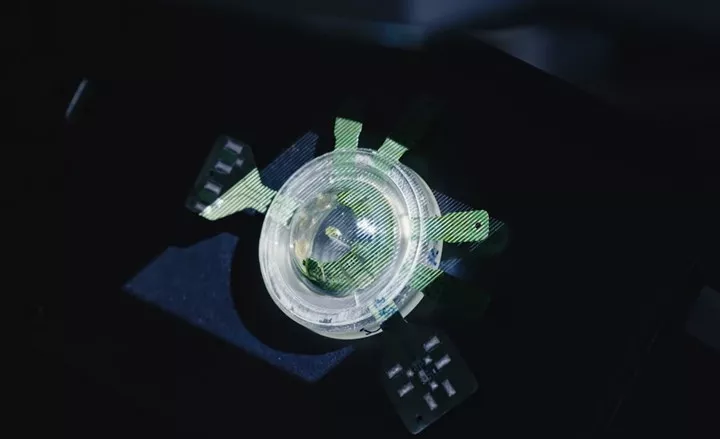
Mojo Lens is similar to regular corrective eyewear in that it requires an optometry step, but in addition to myopia, Mojo also requires some personal information such as the shape of the eye.
In Mojo's vision, the optometry session is handed over to the optometrist, and when it comes to manufacturing, this sensitive data needs to be passed to Mojo's servers, which then produce the appropriate lenses.
Also, when you wear Mojo Lens, it shares data with your eyeballs, so you can see what you see.
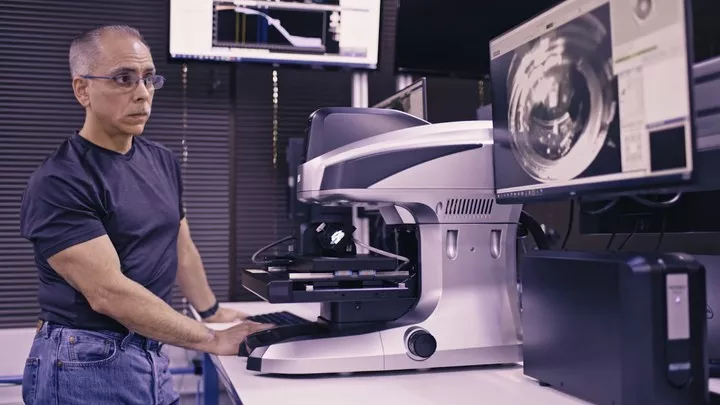
After Mojo receives FDA clearance, it will still be necessary for Mojo Vision to come up with a series of privacy policies.
Steve Sinclair, vice president of product marketing, said to the public that "Mojo must maintain user privacy and Mojo Lens must be a safe and trustworthy product.
As for how to go about it, Mojo Vision naturally doesn't have a special policy yet since the product hasn't been mass marketed yet.
With a location so sensitive, Mojo Lens may need to have even more stringent privacy protections than the iPhone, otherwise Mojo Lens is a real-time surveillance for hackers.
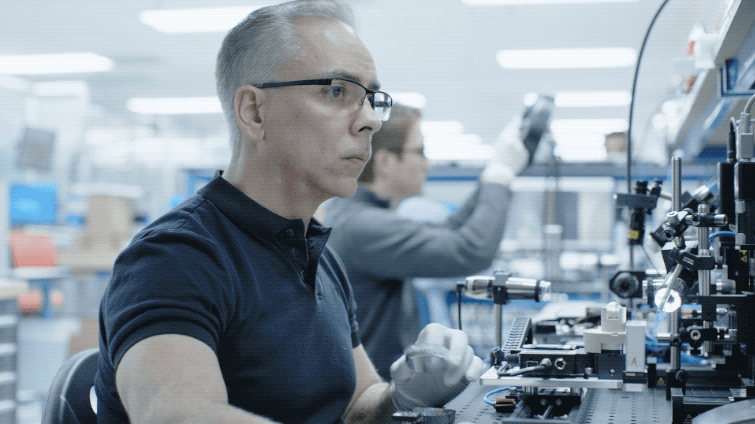
In addition, due to the compact construction of the Mojo Lens, it requires a more elaborate production process and equipment than the average consumer electronics product.
Since each pair of Mojo Lens is custom produced, scaling up to a mass production line is still a challenge.
And crucially, in terms of specific usage, Mojo Lens is still relatively simple in terms of functionality, and large-scale commercialization with a specific iteration cycle remains unclear.

But thinking outside the box like AR contact lenses is indeed an eye-opener. Without the limitations of size and weight, AR contact lenses have a much lower presence and will perhaps be a more suitable form of 'meta-universe' in the future.
It's just that right now, AR contact lenses are still more medical and industrial oriented, and they can help many specific people, whereas for us, it's probably more of a cyberpunk accessory.